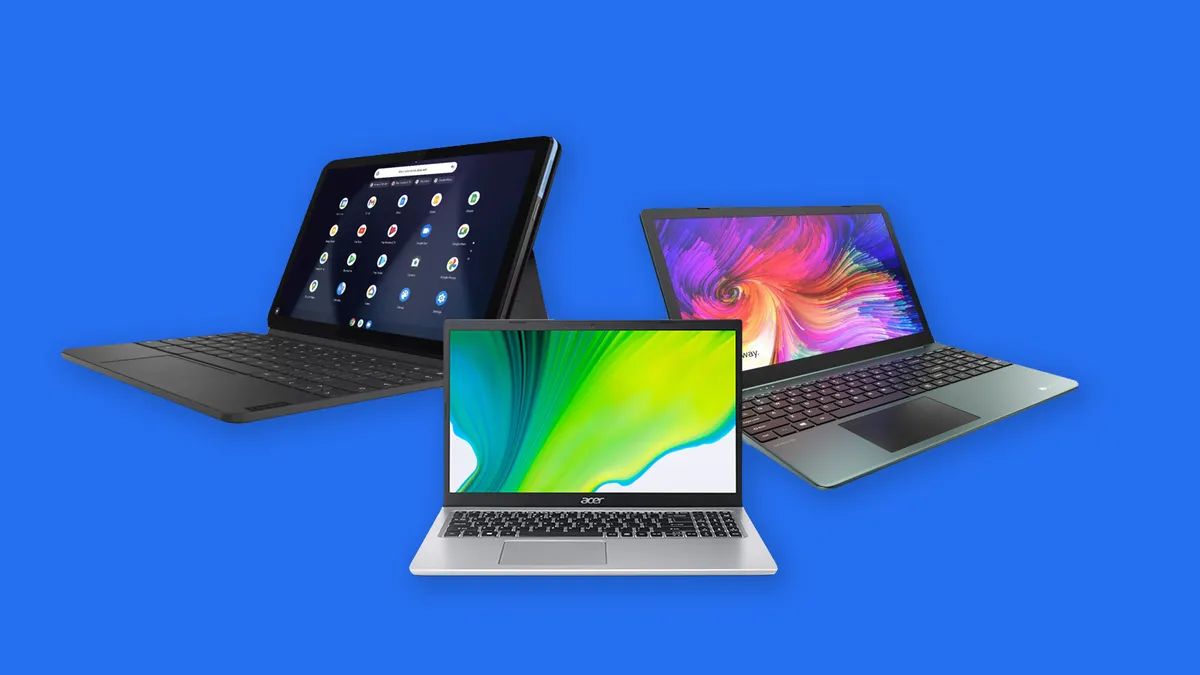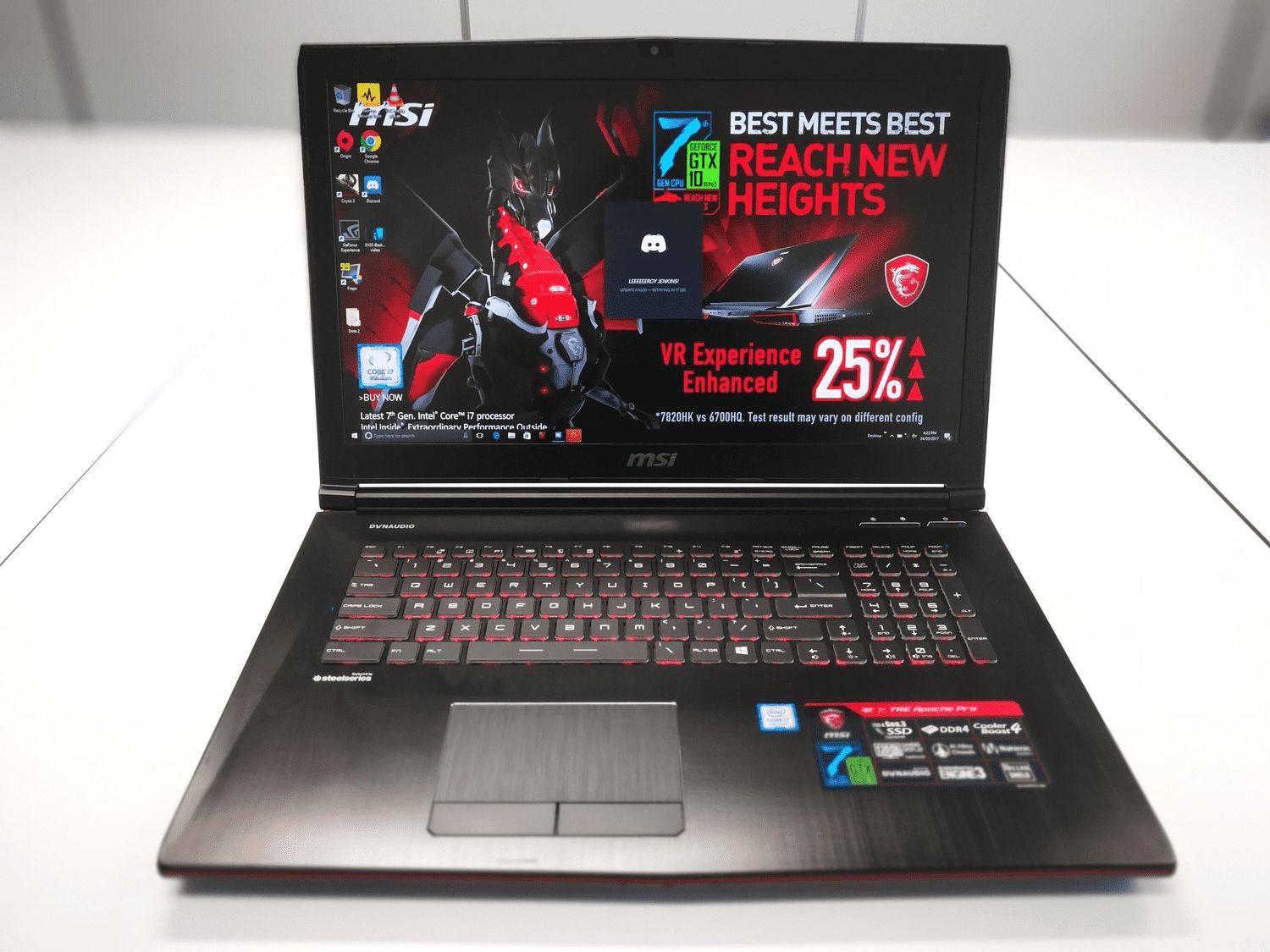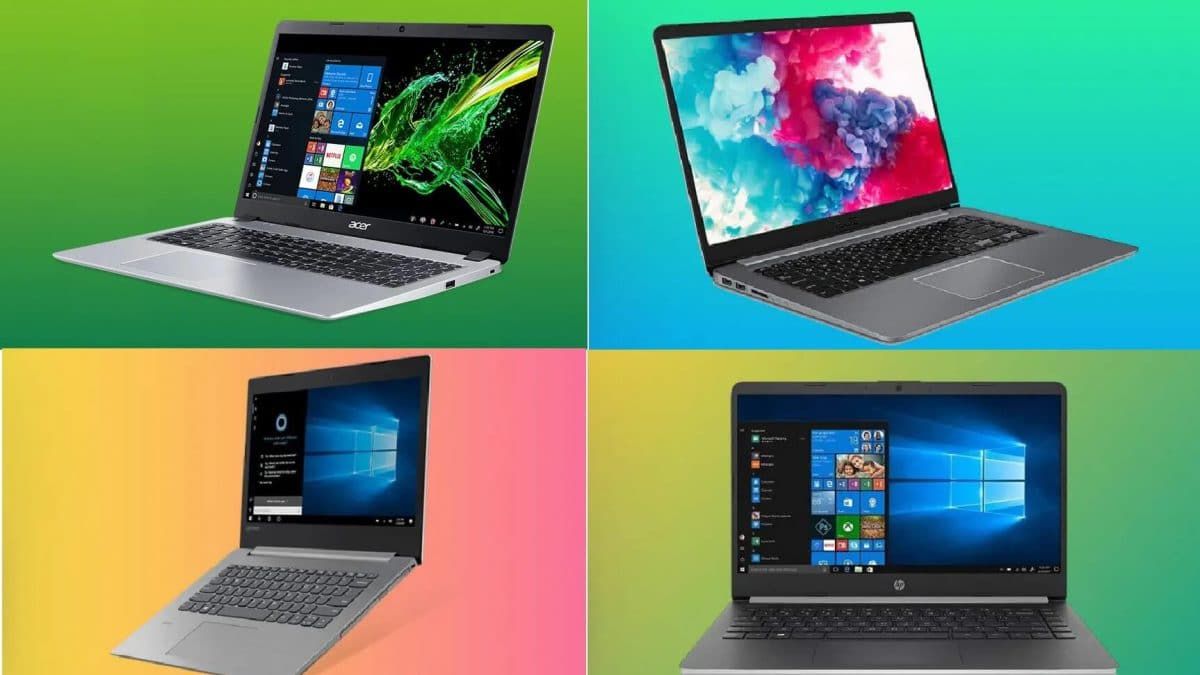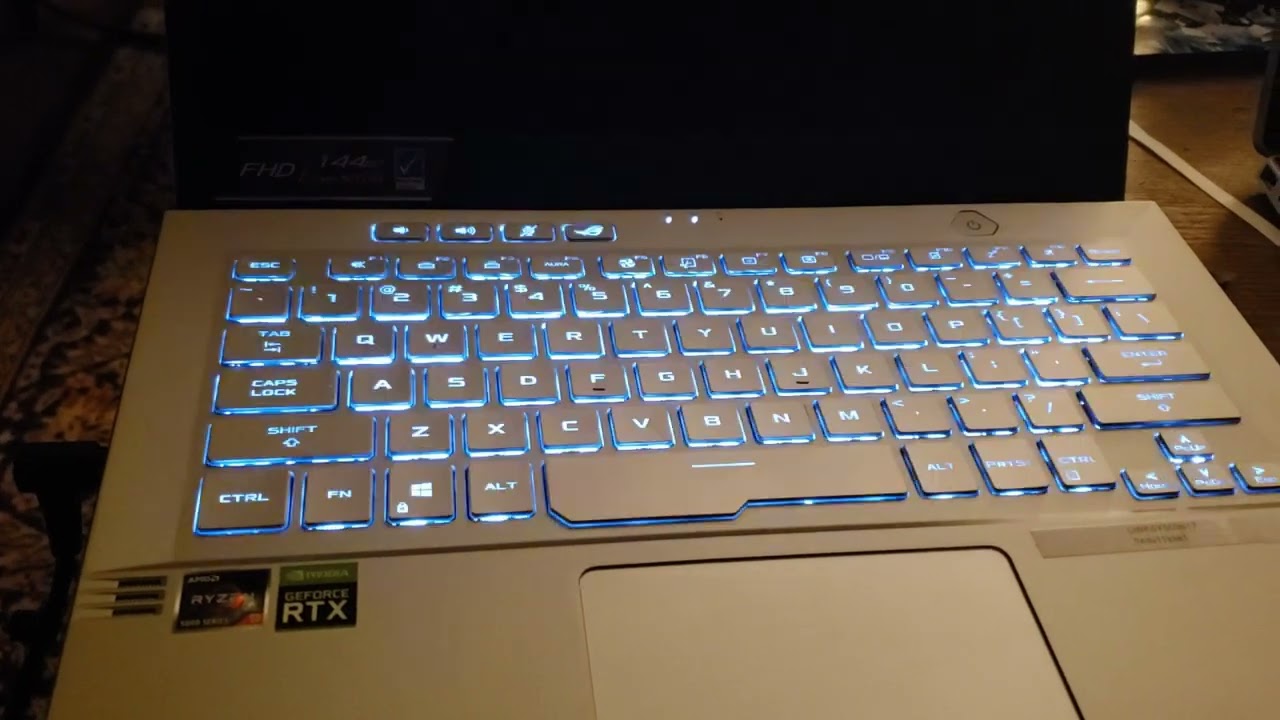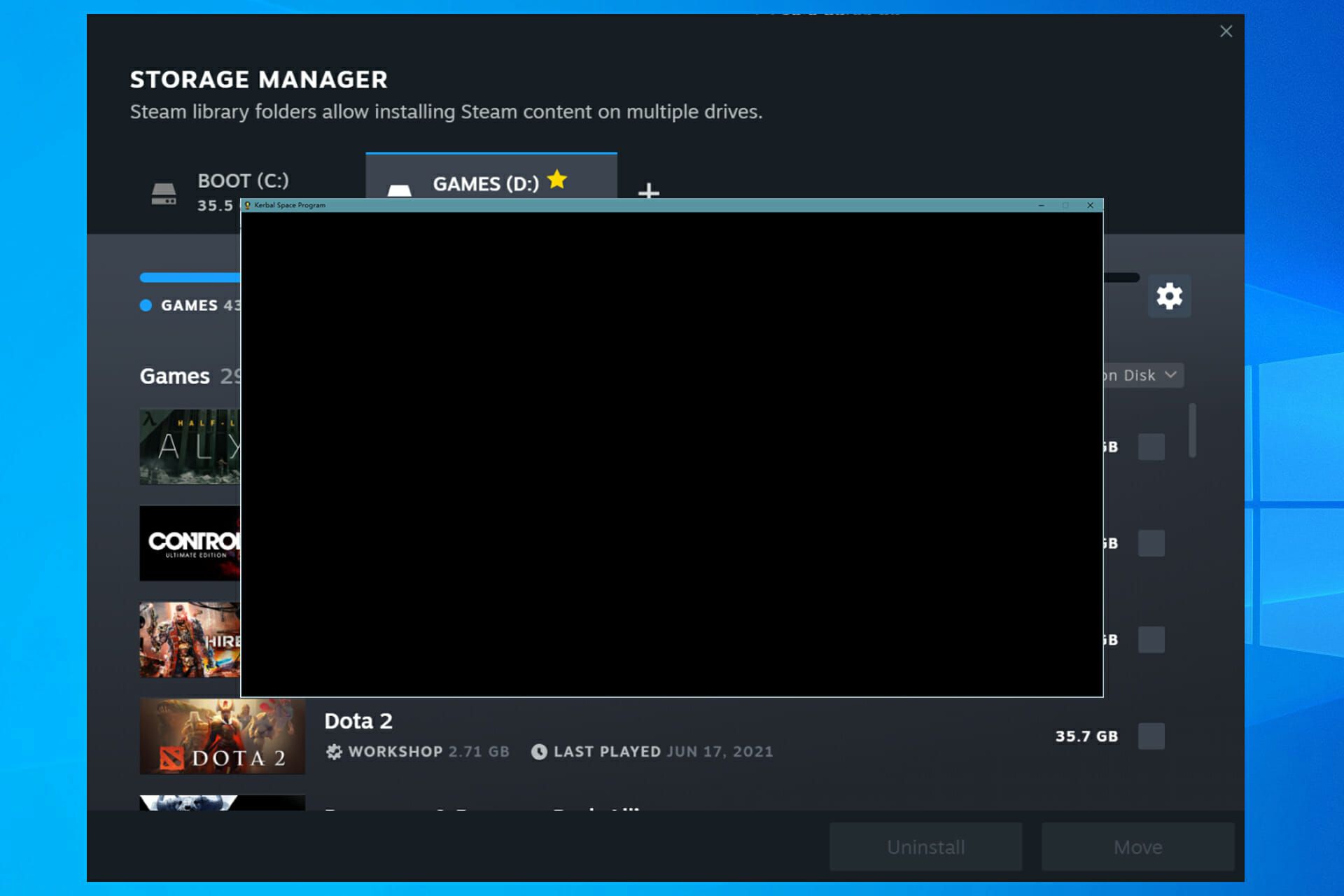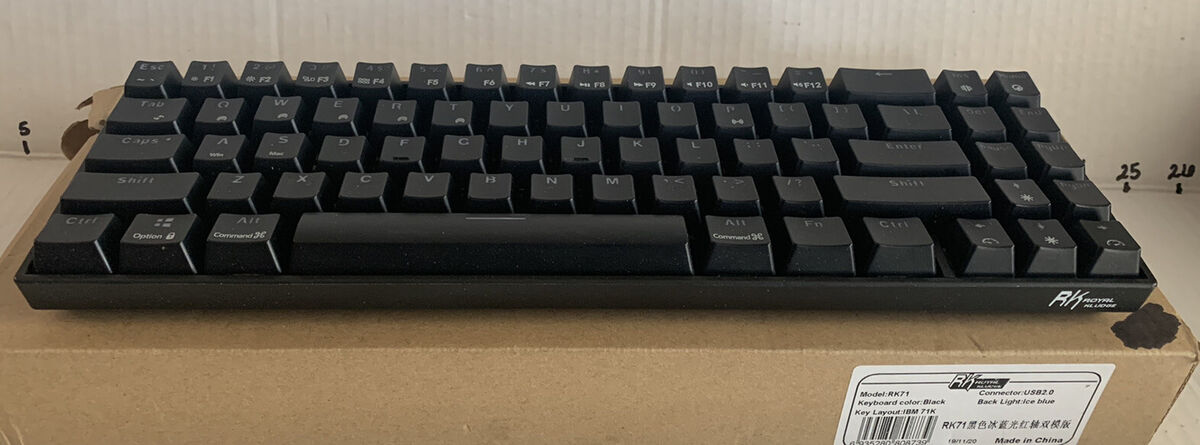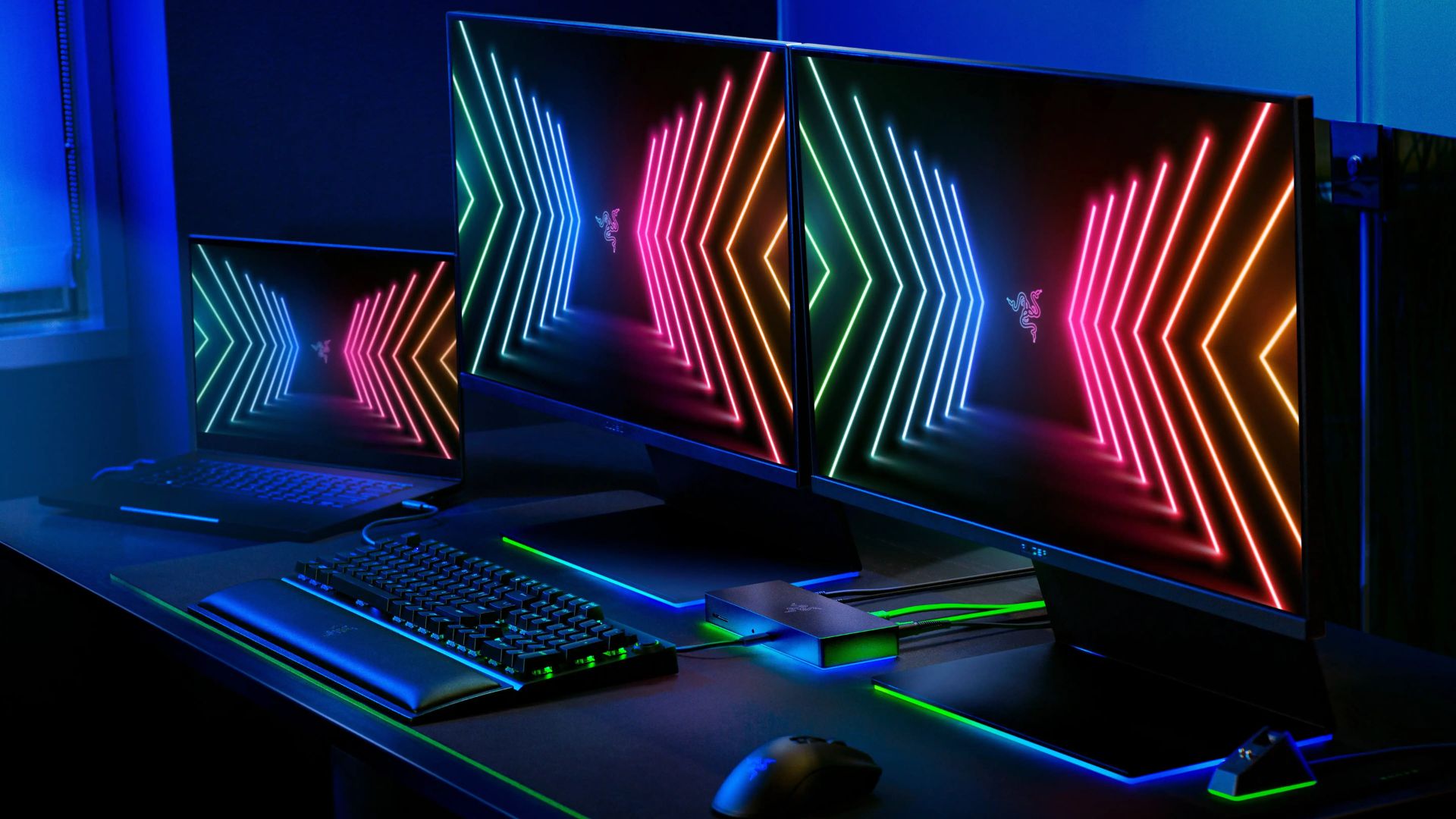Introduction
Laptops have become an essential tool for both work and entertainment, but not all laptops are created equal. When it comes to choosing a laptop, one of the key decisions you’ll need to make is whether to go for a normal laptop or a gaming laptop. While they may seem similar at first glance, there are some significant differences between the two that can greatly impact your computing experience.
A normal laptop is designed for everyday tasks such as web browsing, word processing, and multimedia consumption. It’s typically lightweight, compact, and focused on providing a balance between performance and affordability. On the other hand, a gaming laptop is specifically built to handle resource-intensive games and deliver an immersive gaming experience. It often features powerful processors, high-end graphics cards, and advanced cooling systems to cope with the demands of modern games.
In this article, we’ll explore the key differences between normal laptops and gaming laptops, helping you make an informed decision when shopping for your next portable computing device.
Design and Build Quality
When it comes to design and build quality, normal laptops usually prioritize portability and sleekness. They are often lightweight and slim, making them easier to carry around and fit into backpacks or briefcases. Normal laptops also tend to have a more professional and minimalist design, with a focus on aesthetics and a slim profile.
On the other hand, gaming laptops are typically larger and heavier due to the need for powerful hardware components and improved cooling systems. They often feature a more aggressive and bold design, with angular lines and RGB lighting. Gaming laptops prioritize functionality over portability, as they are intended to provide a more immersive gaming experience rather than being easily carried around.
In terms of build quality, gaming laptops usually offer a sturdier and more robust build. They are built to withstand the demands of intense gaming sessions and are often constructed with strong materials like aluminum or magnesium alloy. In contrast, normal laptops may use lighter materials and have a more delicate build, as they are designed for everyday use rather than heavy gaming.
Overall, the design and build quality of a laptop depend on your specific needs and preferences. If you value portability and a sleek design, a normal laptop may be more suitable. However, if you prioritize gaming performance and durability, a gaming laptop’s larger size and sturdier build may be a better choice.
Performance
When it comes to performance, gaming laptops have a clear advantage over normal laptops. Gaming laptops are equipped with high-performance processors, usually from Intel or AMD, which are designed to handle demanding tasks and run resource-intensive games smoothly. These processors usually have multiple cores and higher clock speeds, allowing for faster calculations and improved overall performance.
In addition to powerful processors, gaming laptops also come with dedicated graphics cards, such as NVIDIA GeForce or AMD Radeon, which are specifically designed for gaming. These graphics cards have their own dedicated memory and processing power, allowing for more realistic and detailed graphics in games. This enables gamers to enjoy smooth gameplay and fluid visuals, even in graphics-intensive titles.
Normal laptops, on the other hand, tend to have more modest specifications when it comes to performance. They usually come with entry-level or mid-range processors, which are sufficient for everyday tasks such as web browsing, word processing, and multimedia playback. However, they may struggle when running demanding software or performing tasks that require significant processing power, such as video editing or 3D rendering.
Furthermore, gaming laptops often offer more memory (RAM) and storage options compared to normal laptops. This allows for faster multitasking and smoother performance when running multiple applications simultaneously. It also provides ample space to store large game files and media libraries without worrying about running out of storage.
In summary, gaming laptops deliver superior performance when it comes to running resource-intensive tasks and playing graphically demanding games. Their high-performance processors, dedicated graphics cards, and ample memory make them well-suited for gamers and users who require significant processing power. Normal laptops, while capable of handling everyday tasks, may struggle with more demanding applications and lack the power and graphics capabilities necessary for a seamless gaming experience.
Graphics
One of the key differences between normal laptops and gaming laptops lies in the graphics capabilities. Gaming laptops are equipped with dedicated graphics cards, specifically designed for handling complex graphics and delivering an immersive gaming experience. These graphics cards, such as NVIDIA GeForce or AMD Radeon, have their own dedicated memory and processing power, allowing for realistic and detailed visuals in games.
With a gaming laptop, you can expect to enjoy smooth gameplay and stunning visual effects in graphically demanding games. The dedicated graphics card can handle high-resolution textures, special effects, and realistic lighting, creating a visually captivating gaming experience. This is particularly important for gamers who value graphics quality and want to fully immerse themselves in their favorite games.
On the other hand, normal laptops often rely on integrated graphics, which are built into the processor. While integrated graphics have improved over the years, they are not as powerful as dedicated graphics cards. Normal laptops may struggle to run graphically demanding games at high settings, resulting in lower frame rates and reduced visual quality.
However, it’s important to note that not all users prioritize graphics performance. If you primarily use your laptop for everyday tasks like web browsing, word processing, and watching videos, integrated graphics in a normal laptop may be sufficient for your needs. Integrated graphics can handle these tasks with ease and consume less power, resulting in better battery life.
In summary, gaming laptops excel in the graphics department with their dedicated graphics cards, which deliver exceptional performance and stunning visuals in games. Normal laptops, while suitable for everyday tasks, typically rely on integrated graphics that may not meet the requirements of graphically demanding games. The choice between the two depends on your specific needs, with gaming laptops being the preferred option for users who prioritize high-quality graphics and an immersive gaming experience.
Display
When it comes to the display, gaming laptops and normal laptops can have some differences in terms of size, resolution, and refresh rate.
Gaming laptops often come with larger displays, typically ranging from 15 to 17 inches. A larger screen size provides a more immersive gaming experience, allowing gamers to fully appreciate the details and visuals of their favorite games. These displays may also feature higher resolutions, such as Full HD (1920×1080) or even 4K (3840×2160), offering sharper and more vibrant visuals.
In addition, gaming laptops often come with higher refresh rates, typically ranging from 144Hz to 300Hz or even higher. A higher refresh rate means that the display can refresh the image more times per second, resulting in smoother motion and reduced motion blur. This is particularly beneficial for gamers, as it allows for more precise and fluid movements, enhancing the overall gaming experience.
Normal laptops, on the other hand, may have smaller displays, typically ranging from 13 to 15 inches. These smaller screens are more portable and suitable for everyday tasks such as web browsing, word processing, and multimedia consumption. Many normal laptops feature standard resolutions like Full HD (1920×1080) or HD (1366×768), providing clear and sharp visuals for everyday use.
Furthermore, normal laptops usually have standard refresh rates of 60Hz, which is sufficient for everyday tasks and multimedia playback. While this refresh rate may be lower than gaming laptops, it does not significantly impact the overall user experience for non-gaming activities.
Ultimately, the choice between a gaming laptop and a normal laptop for display depends on your specific needs and preferences. If you value a larger, high-resolution display with a higher refresh rate for gaming, a gaming laptop would be the ideal choice. However, if portability and standard visual performance are more important to you, a normal laptop with a smaller display may be a more suitable option.
Keyboard and Trackpad
The keyboard and trackpad are essential components of any laptop, and there are noticeable differences between gaming laptops and normal laptops in terms of their design and functionality.
Gaming laptops often feature keyboards specifically designed for gaming. These keyboards often come with customizable RGB backlighting, allowing gamers to personalize the lighting according to their preference. Gaming keyboards also tend to have a more tactile feel and offer features like anti-ghosting and n-key rollover, which prevent keystrokes from being missed during intense gaming sessions. These keyboards may also have dedicated macro keys for gamers to assign custom commands or shortcuts.
On the other hand, normal laptops typically have keyboards that are optimized for everyday productivity and typing comfort. While they may not have the same level of customization or dedicated gaming features, normal laptop keyboards still offer a comfortable typing experience for tasks such as word processing, emails, and web browsing. They may also feature multimedia keys or function keys for quick access to volume control, brightness adjustment, and other commonly used functions.
When it comes to the trackpad, gaming laptops may offer more limited functionality compared to normal laptops. Due to the emphasis on gaming, gaming laptops often prioritize external gaming mice for precise control and responsiveness. However, gaming laptops do typically include a trackpad that can handle basic navigation and gestures.
Normal laptops, on the other hand, usually feature larger and more advanced trackpads with multi-touch gestures, providing a smoother and more intuitive user experience. These trackpads are designed to support a wide range of gestures such as pinch-to-zoom, scrolling, and swiping, making it easier to navigate through documents, web pages, and applications.
In summary, gaming laptops are equipped with keyboards specifically designed for gaming, featuring RGB backlighting, tactile feedback, and gaming-focused features. Normal laptops, on the other hand, prioritize a comfortable typing experience for everyday productivity and may offer more advanced trackpads with a range of multi-touch gestures. The choice between the two depends on your specific needs, whether you prioritize gaming functionality or general productivity and ease of navigation.
Cooling System
The cooling system is a crucial aspect to consider when comparing gaming laptops and normal laptops. Gaming laptops, with their powerful processors and dedicated graphics cards, generate a significant amount of heat during prolonged gaming sessions. As a result, gaming laptops often feature advanced cooling systems to prevent overheating and maintain optimal performance.
Many gaming laptops utilize multiple fans, heat pipes, and larger vents to improve airflow and dissipate heat effectively. This ensures that the internal components stay cool even during demanding gaming sessions, allowing for sustained performance without thermal throttling. Some gaming laptops also include additional features like liquid cooling or vapor chambers to enhance heat dissipation further.
Normal laptops, on the other hand, typically have more modest cooling systems designed to handle everyday tasks rather than intensive gaming. They may have a single fan or smaller vents to regulate temperature. While normal laptops can handle lighter workloads without any issues, they may experience higher temperatures and potentially encounter throttling when subjected to prolonged periods of heavy usage.
It’s important to note that the enhanced cooling system in gaming laptops often results in a trade-off – increased noise. The fans in gaming laptops tend to work at higher RPMs to keep the components cool, which can lead to louder operation compared to normal laptops. However, this noise level is typically not intrusive during gaming sessions, as most gamers use headphones that can help drown out the fan noise.
In summary, gaming laptops have more advanced cooling systems to handle the heat generated by powerful processors and dedicated graphics cards. These systems ensure optimal performance and prevent overheating during prolonged gaming sessions. Normal laptops, while suitable for everyday tasks, may not have the same level of cooling capability, which can result in higher temperatures and potential performance limitations under heavy workloads. If you’re a gamer or engage in intensive tasks that require prolonged usage, a gaming laptop’s advanced cooling system is a crucial consideration to ensure optimal performance and longevity.
Battery Life
Battery life is an important factor to consider when choosing between a gaming laptop and a normal laptop. Gaming laptops, with their powerful hardware and dedicated graphics cards, typically consume more power, resulting in shorter battery life compared to normal laptops.
Due to the high-performance components, gaming laptops often require more power to run demanding games smoothly. This increased power consumption can drain the battery quickly, especially when playing graphically intensive games or running resource-intensive applications. As a result, gaming laptops usually have shorter battery life and may require frequent charging, especially during extended gaming sessions.
Normal laptops, on the other hand, are designed with energy efficiency in mind. They feature components optimized for power consumption, ensuring longer battery life for everyday tasks such as web browsing, word processing, and multimedia playback. Normal laptops can last several hours on a single charge, making them more suitable for users who prioritize portability and extended battery life.
It’s worth noting that battery life can vary greatly depending on usage patterns and the specific configuration of the laptop. Gaming laptops equipped with power-hungry hardware and high refresh rate displays may have significantly shorter battery life compared to models with lower specifications. Similarly, normal laptops with larger displays and more demanding processors may experience reduced battery life compared to models with more energy-efficient components.
To maximize battery life, both gaming and normal laptops often come with power management settings that can help optimize battery usage. These settings allow you to adjust performance levels and tweak power consumption to extend the battery life based on your needs.
In summary, gaming laptops typically have shorter battery life due to the power-hungry nature of their hardware and graphics cards. Normal laptops, in contrast, prioritize energy efficiency and offer longer battery life for everyday tasks. Your choice between the two should consider your usage patterns, portability needs, and the importance of battery life in your specific scenario.
Portability
When it comes to portability, there are noticeable differences between gaming laptops and normal laptops. Gaming laptops, with their powerful hardware and advanced cooling systems, tend to be larger and heavier compared to normal laptops.
Gaming laptops often have larger displays, typically ranging from 15 to 17 inches, which contributes to their overall size and weight. These laptops are designed to provide an immersive gaming experience, but the larger form factor makes them less ideal for users who prioritize portability.
Normal laptops, on the other hand, are typically more compact and lightweight. They come in various sizes, ranging from 13 to 15 inches or even smaller for ultraportable models. The smaller size and lighter weight make normal laptops easier to carry around, whether you’re commuting, traveling, or working from different locations.
In terms of thickness, gaming laptops are often bulkier due to the need for additional cooling mechanisms to handle the heat generated by powerful processors and graphics cards. Normal laptops, with their focus on portability, tend to be thinner and more streamlined.
Another aspect of portability is battery life. Normal laptops, optimized for energy efficiency, often offer longer battery life compared to gaming laptops. This means you can use a normal laptop for longer periods of time without needing to find a power outlet. However, it’s important to consider that battery life can vary depending on usage patterns and the specific configuration of the laptop.
In summary, if portability is a key factor for you, normal laptops are generally more suitable due to their compact size, lighter weight, and thinner profile. Gaming laptops, with their larger form factor and heavier weight, are more focused on delivering high-performance gaming experiences and may be less portable. Consider your needs and usage patterns to determine the level of portability that best suits your lifestyle.
Price
Price is often a significant factor to consider when choosing between a gaming laptop and a normal laptop. Gaming laptops, with their powerful hardware and advanced features, tend to be more expensive compared to normal laptops.
Gaming laptops require high-performance processors, dedicated graphics cards, and additional cooling mechanisms to handle demanding gaming tasks. These components can significantly drive up the price of a gaming laptop. Additionally, gaming laptops may also feature high-resolution displays, customizable RGB lighting, and other gaming-specific features, contributing to the overall cost.
Normal laptops, on the other hand, are designed to cater to a wider range of users and budgets. They often come with entry-level or mid-range processors and integrated graphics, which are sufficient for everyday tasks. Normal laptops typically have more affordable price points and offer a range of options to fit different budgets, from budget-friendly options to premium models with additional features.
While gaming laptops may come with a higher price tag, it’s important to consider your specific needs and usage patterns. If gaming is a priority for you and you require the performance and features of a gaming laptop, investing in a higher-priced model can provide a premium gaming experience. However, if gaming is not the primary use case and you are more concerned about cost-effectiveness and everyday usability, a normal laptop may be a more economical choice.
Furthermore, it’s worth considering the long-term value and potential for future upgrades. Gaming laptops often have more limited upgrade options compared to desktop PCs or normal laptops. Upgrading components like the graphics card or processor may be more challenging or even impossible in certain models. Normal laptops, on the other hand, may offer greater flexibility for future upgrades or component replacements, allowing you to extend the lifespan of your device and potentially improve its performance in the future.
In summary, gaming laptops tend to be more expensive due to the high-performance components and specialized features they offer. Normal laptops provide more affordable options and cater to a wider range of budgets. Consider your specific needs, budget, and long-term plans before making a decision, ensuring that you choose a laptop that provides the best value for your investment.







